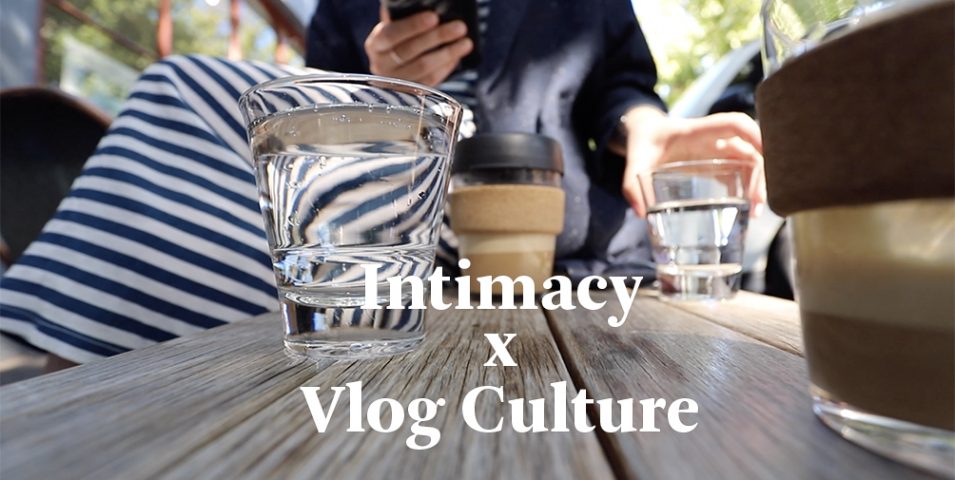
David is often referred to as an enigma.
While I can’t say I have experienced this with him, it would be fair to say that his communication is dense and there is plenty to unpack even in few words.
I once transcribed an interview I did with him and through the approximate three times I listened to it, I learned and absorbed more and more! (To the point where I felt overwhelmed by the sense I would never be able to capitalise on the richness of time spent with this mastermind without recording every conversation and listening to them multiple times… unfortunately that’s usually considered intrusive).
So when given a thousand-word blog to respond to, I chose just one concept expressed in this quote:
“She argues that because the medium possesses the illusion of ‘capturing’ (or taking?) a moment from time, that we have mythologised the ‘truth’. Or perhaps mistaken a capacity for some ‘truth’ as its primary mode.”
As I am often responsible for “sharing the voice of the youth”, it seems this is an even more relevance space to reflect. Not only for the business of being engaged with social media and content marketing, but even more so to honour the enduring truths that lie in Susan Sontag’s book On Photography. The shared human experience and desire to stop time, hold on to moments, replicate environments and tell the story just how we experienced it hasn’t changed since 1977, and realistically much earlier.
Viewing these ideas through the present lens and undeniably my “youth”, my first reflection was upon vlog culture and social media stories.
The current atmosphere wherein young people (especially) are becoming increasingly intolerant of photoshop and filters (but obviously can’t live without them) and demand the influencers they follow to be more and more transparent. Social media has supported this demand with the introduction of stories: unfiltered (generally), un-edited except with the device itself, quickly put together vlogs being watched by millions and now the rising commonality of live streaming. All these forms aiming to deliver a transparent experience as if the person were there themselves.
And perhaps that’s where the issue lies, people aren’t there themselves.
There are vlogs and lives that are getting millions of view, going anywhere from 15 minutes to two hours. It’s not hard to see that a commitment to just a handful of influencers lands you in a whole lot of time in virtual life and millions of young people convinced that their best friends with these individuals – because they quite literally spend more time with them online that with their real friends.
And that’s where Sontag’s insight remains. Or perhaps an even more necessary voice in this world overwhelmed by media.
The “mistaken capacity for some ‘truth’ as its primary mode”.
As someone that regularly views this media for both pleasure and curiosity (that evolves into professional insights), I have observed a fascinating experience that occurs when the camera drops or the editing slips. It is this feeling that inspired this video. At least as a digital native, I step into a video or photograph and don’t question much initially. But when something engages with the form that is communicating, an interruption in the flow becomes whiplash to the deep, deep emersion that has become normal. When the camera or individual returns, the situation cannot be seen in the same light, or with the same reality of experience. And all of a sudden I am brought back to the consciousness that this is a structured, crafted work.
There seems to be a lack of education or perhaps a desire to not know the power and control those behind the camera have to tell the story the way they have told it.
While this all sounds intense and possibly dramatic, I think it’s worth noting that social media’s facilitation of “behaviours associated with obsessive relational intrusion” aka. stalking, clearly have a negative impact on our development and understanding of a healthy relationship, to the point where seeing a photo of your ex can create the same brain activity as physical pain. Surely this is only the beginning of what we have to uncover about the impact of image, let alone moving image on our emotional psyche and perception of intimacy.
Now how this impacts influencers when they want to be a human and make a choice in their lifestyle that requires an evolution in their brand that is held to account by their following, that is for another blog.
And what does this cocktail of commentary do for our work?
Our thinking is our difference. Our work champions our thinking and drives impact.

